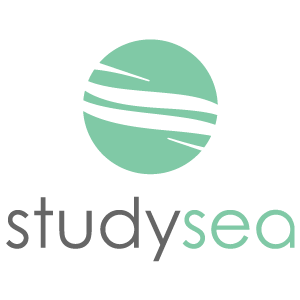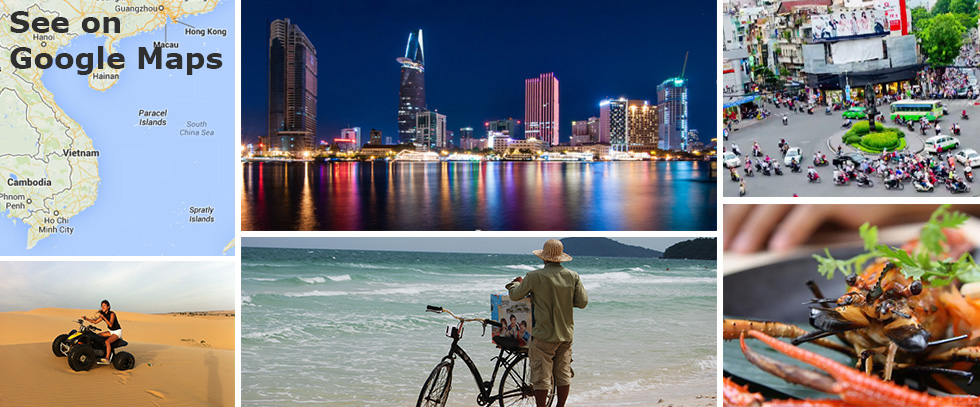Vietnam
Study in Vietnam and experience a land of contrasts and one of the world’s fastest growing economies. Here is a brief country description to those considering Vietnam as a study destination.
Population: 90 millions
Capital city: Hanoi
Language: Vietnamese
Study or work in beautiful Vietnam. StudySEA can help you with studies at ERC Institute in Ho Chi Minh City and FPT University in Hanoi. We can also help you find an internship in Ho Chi Minh City.
A population of approximately 90 millions, makes Vietnam the world’s 13th most populated country. 60{c8d6c1362c24684a5dfd7509d142288809431e70c66fe2e2a61f45f144a9bb13} of the population is under the age of 30 and thereby one of the world’s youngest. Vietnam shares borders with China in the north, Laos in the northwest and Cambodia in the west. In the east, the country’s more than 3,000 kilometer coastline stretches along the South China Sea. Hanoi is the capital city and seat for the government. It has a population of approximately 6.5 millions. In the south is Ho Chi Minh City, also known as Saigon, which is Vietnam’s largest city. It is estimated that about 10 million people lives here. The city is also Vietnam’s financial and commercial hub.
An emerging country rich on culture and history
Vietnam is a former French colony. The French have influenced the culture, food, language and not least the building architecture. Vietnam gained independence after World War II, but was followed by the First Indochina War and then the Vietnam War. The Vietnam War ended in 1975, but the Communist government and the isolation from the rest of the world, prevented the economy from developing. In 1986 the government introduced a more liberal economic policy and the country has developed rapidly ever since. Vietnam’s gross domestic product is expected to grow by 6{c8d6c1362c24684a5dfd7509d142288809431e70c66fe2e2a61f45f144a9bb13} in 2014. The country’s economy is largely based on industrial and food production. Many international companies are established in Vietnam, producing or exporting furniture, textiles and apparel, handicrafts, paintings, rubber, shrimps, fish, rice, coffee and nuts. The demand for skilled labor is growing and many Vietnamese are often unqualified to carry out tasks that require academic expertise. Like Indonesia, Vietnam is among the “Next 11” countries, with the potential of becoming one of the world’s largest economies in the 21st century.
The language
The official language in Vietnam is Vietnamese, however, English is common in the largest cities, where the younger generation often communicates on a basic level. French is widely spoken among the elder generation.
The weather
Vietnam is a large country and the weather can therefore vary significantly depending on where you are. In general, the weather is warm and humid. In the south of Vietnam and in Ho Chi Minh City, the temperature is swinging between 25° and 35° C with two seasons – dry and wet. The rainy season stretches from November to April, and although heavy downpour occurs, it is usually short lasting and often in the afternoon. In Hanoi and the north of Vietnam, there is winter and summer. The winter is usually dry with temperatures ranging between 17° and 22° C. Summers are hot and humid with temperatures in the mid 30’s.
Stay tuned on new study options in Vietnam by signing up for our newsletter.
Universities in Vietnam
- ERC Institute Vietnam
Relevant articles
- NY Times: 36 hours in Ho Chi Minh City



